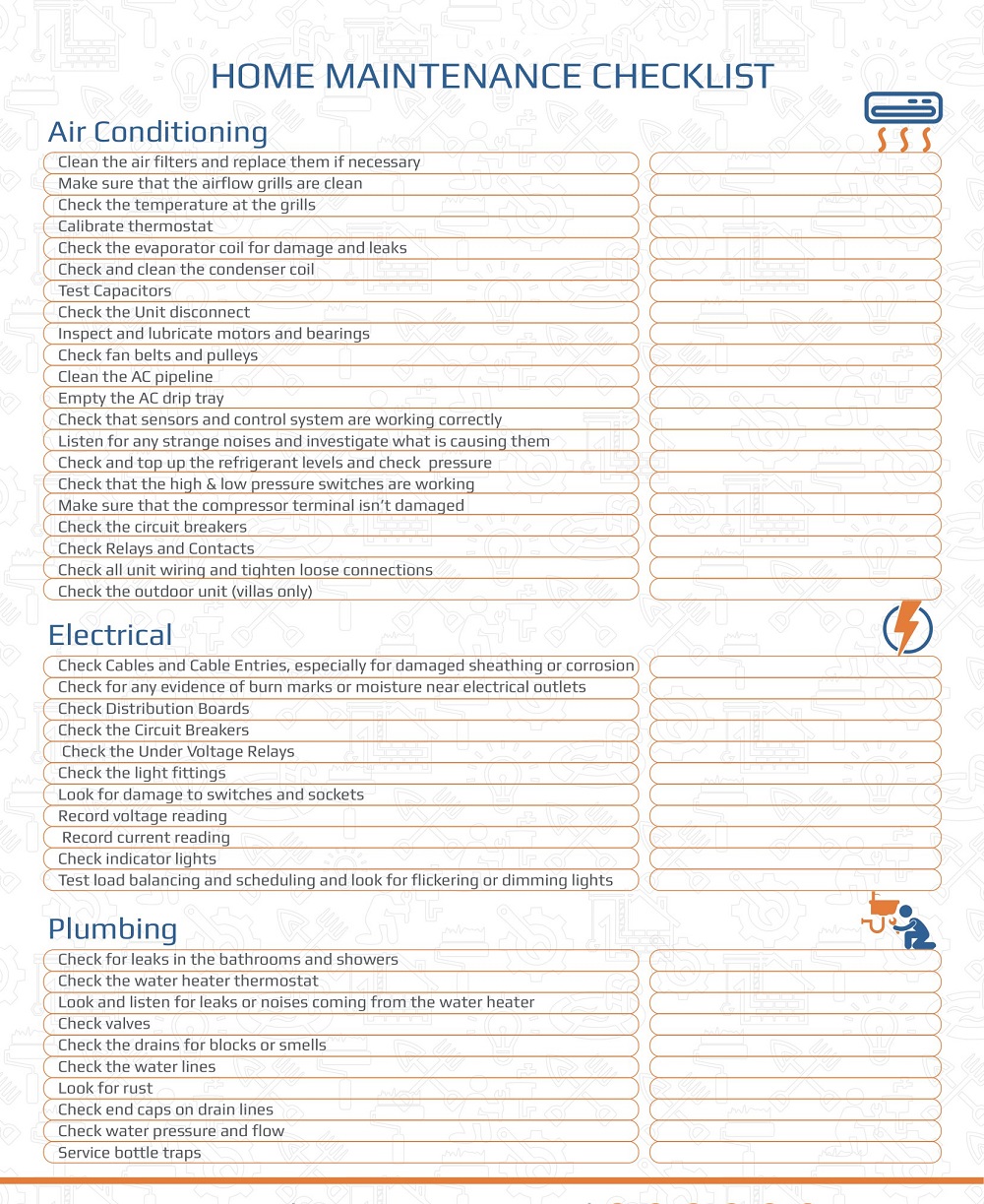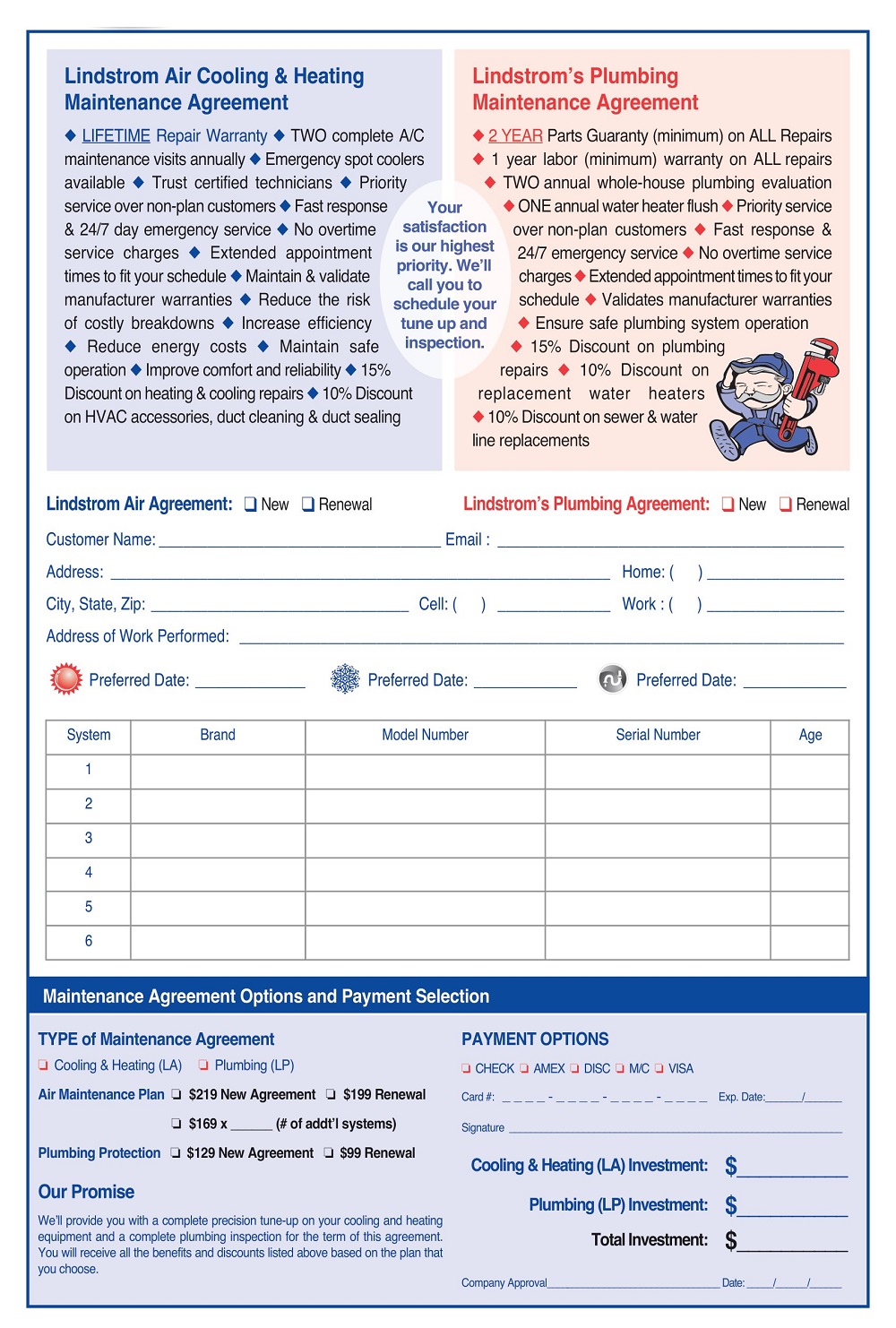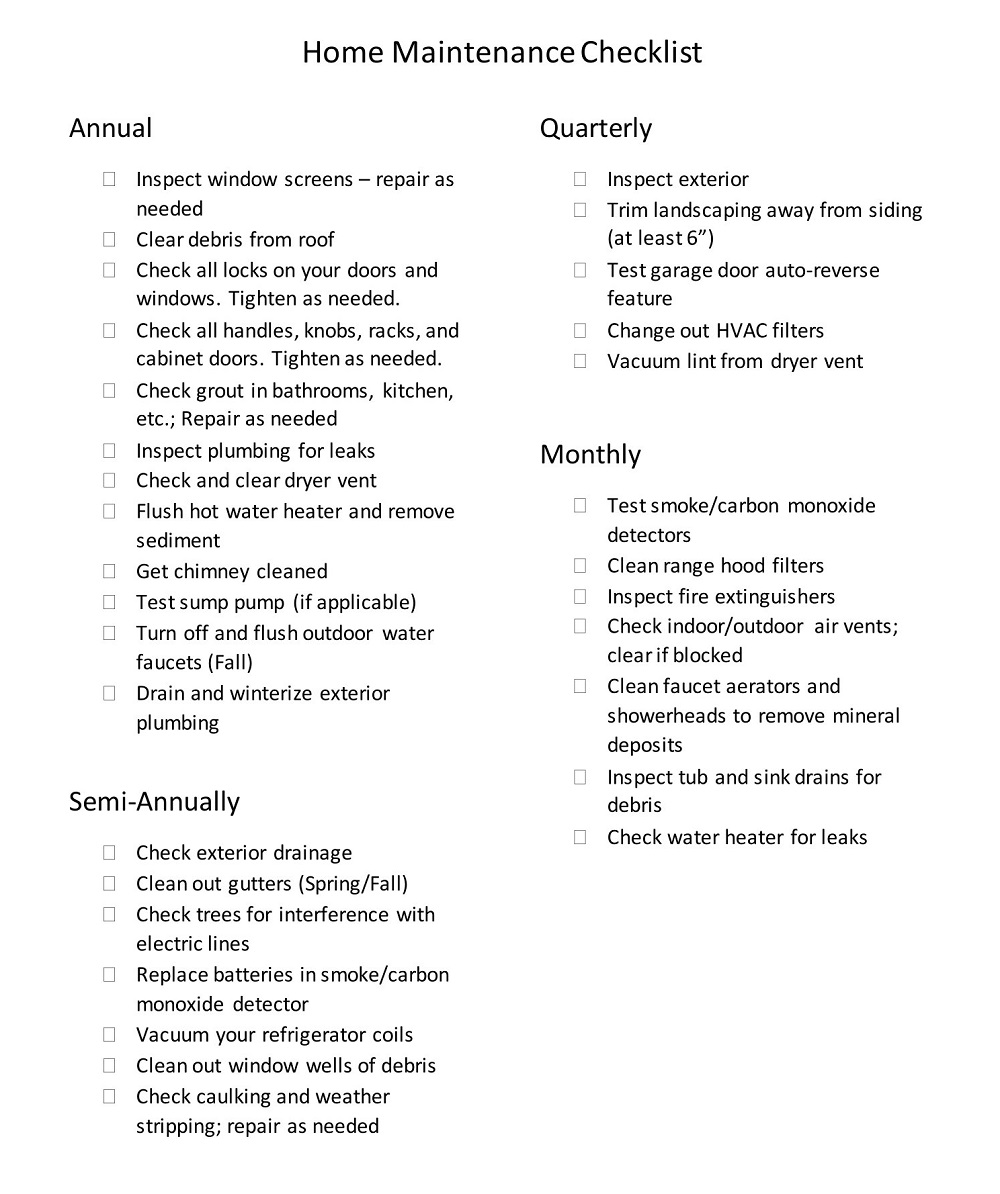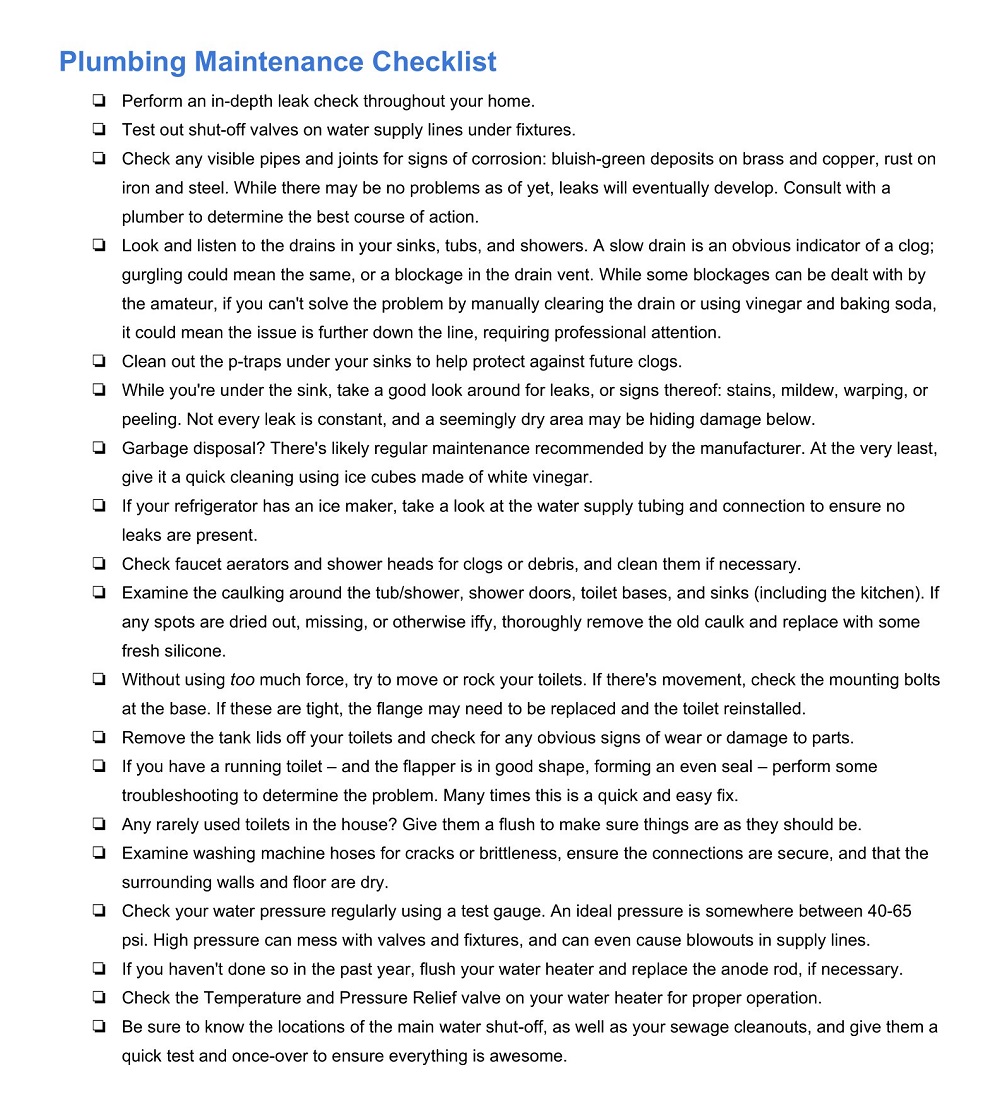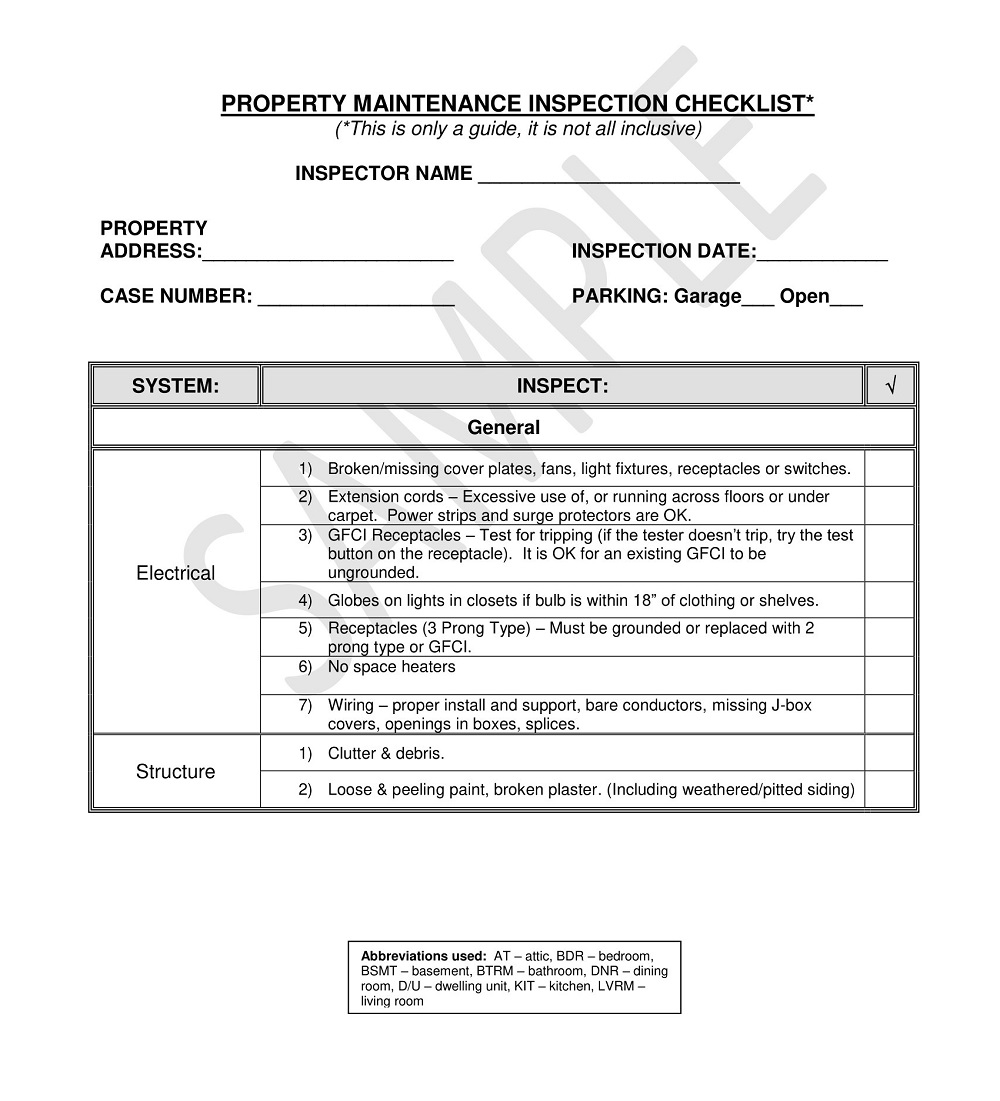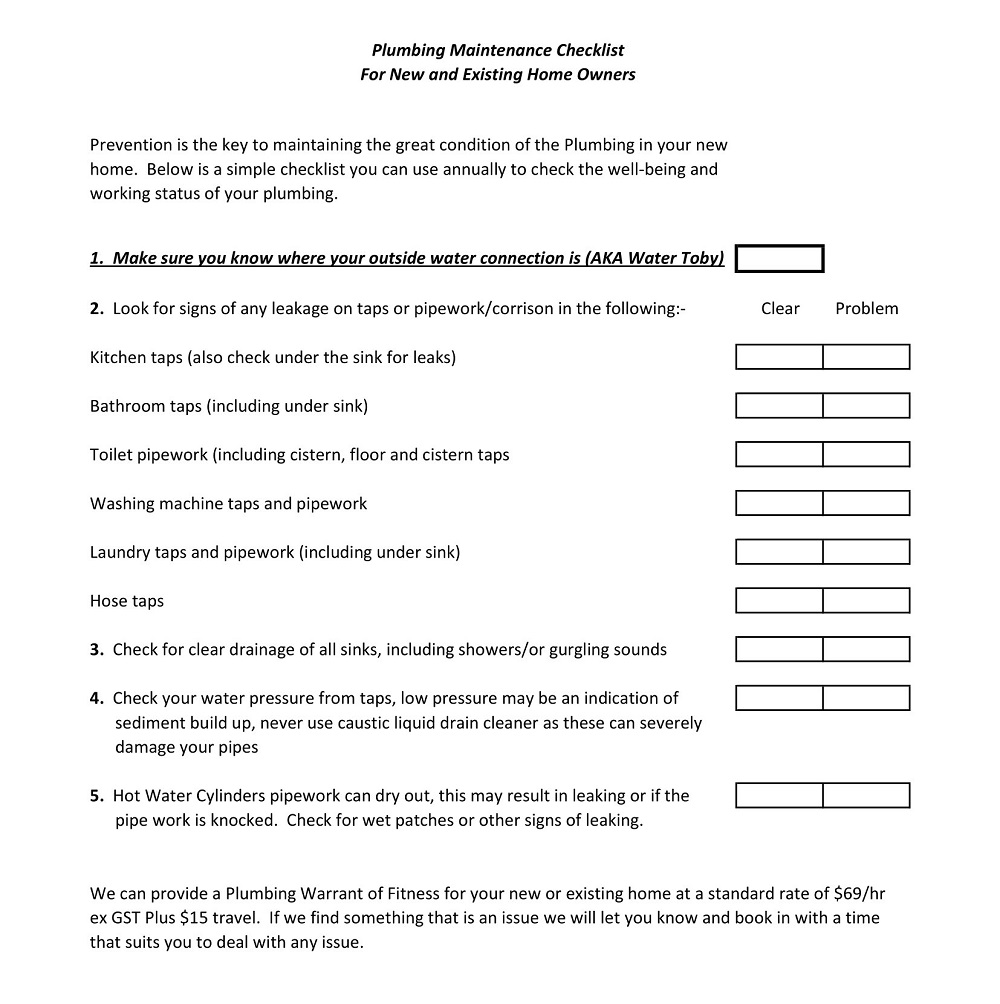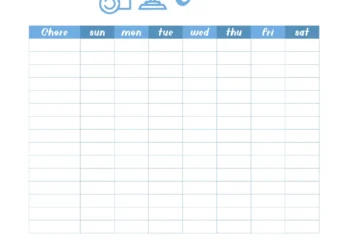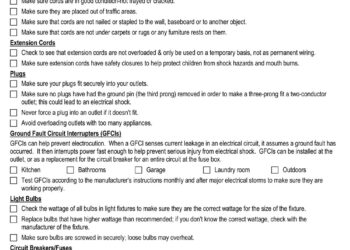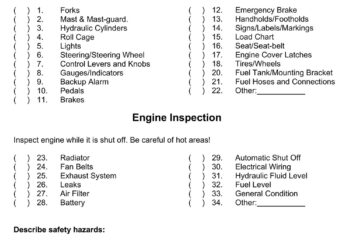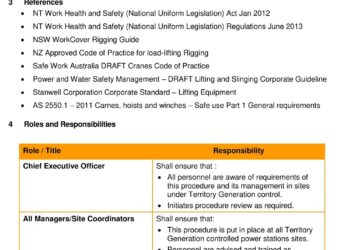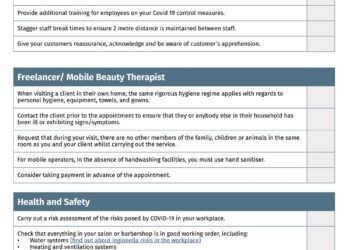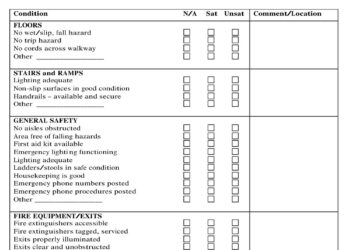Plumbing can be a tricky business, and staying on top of maintenance can be even trickier. That’s where a plumbing maintenance checklist template can come in handy. This type of checklist can provide a clear and concise list of tasks to keep your plumbing in top shape, from checking for leaks and testing water pressure to inspecting valves and drains. With regular use of a plumbing maintenance checklist, you can avoid costly repairs and extend the life of your plumbing system.
Plus, the peace of mind that comes with knowing your plumbing is in good condition is priceless. So why not give a plumbing maintenance checklist template a try and see the benefits for yourself? In this article, you’ll find a collection of free Simple Plumbing Maintenance Checklist Templates and samples in PDF, Word, and Excel format to help you make your work effective.
Download Free Plumbing Maintenance Checklist Templates
Electrical Plumbing Maintenance Checklist
|
Heating Equipment Plumbing Maintenance Checklist
|
Home Annual Plumbing Maintenance Checklist
|
Home Plumbing Maintenance Checklist
|
Interior Plumbing Maintenance Checklist
|
Plumbing Maintenance And Safety Compliance Checklist
|
Plumbing Maintenance Checklist Template
|
Plumbing Maintenance Housing Checklist
|
Plumbing Maintenance Inspection Checklist
|
Plumbing Maintenance Safety Compliance Checklist
|
Plumbing Seasonal Maintenance Checklist
|
Plumbing System Maintenance Checklist
|
Plumbing Water Maintenance Checklist
|
Plumbing Water Safety Maintenance Checklist
|
Sample Plumbing Maintenance Checklist
|
Water Damage Plumbing Maintenance Checklist
|
What Is a Plumbing Maintenance Checklist?
It’s safe to say that most of us take for granted just how much our plumbing system does for us. From heating water for our showers to cleaning dirty dishes, we rely on our plumbing to make our homes cozy and comfortable. But what happens when something goes wrong? Suddenly, we’re all too aware of just how important it is to keep our plumbing up and running especially when it comes to preventing costly and inconvenient breakdowns. That’s where a plumbing maintenance checklist comes in handy. This handy tool helps you keep your plumbing in tip-top shape by reminding you of essential tasks that need to be done throughout the year. Whether it’s flushing your water heater or checking for leaks, a plumbing maintenance checklist can be a real lifesaver when it comes to keeping your home running smoothly.
Benefits of Plumbing Maintenance Checklist
Plumbing maintenance may not always be at the forefront of your mind, but it is essential to keep your home or business in top shape. One way to ensure your plumbing system is running efficiently is by using a plumbing maintenance checklist. This tool can keep you organized and on track with routine maintenance tasks such as checking for leaks, inspecting water pressure, and flushing out your water heater. The benefits of a plumbing maintenance checklist are numerous, ranging from saving money on costly repairs to avoiding major plumbing disasters. When you take the time to maintain your plumbing system regularly, you can enjoy the peace of mind that comes with knowing your pipes, fixtures, and appliances are working correctly, and your property is in good condition.
Key Components of a Plumbing Maintenance Checklist
Plumbing maintenance is an essential part of keeping your home or business in top condition. A well-maintained plumbing system can save you money, prevent costly repairs, and ensure that your home or business functions smoothly. Creating a plumbing maintenance checklist can make it easier to keep track of the tasks that need to be completed regularly. In this blog post, Here are some key components of a plumbing maintenance checklist.
- Inspect your pipes for leaks – Leaking pipes can cause extensive damage to your home or business, so it’s crucial to inspect your pipes regularly for leaks. Look for signs of water damage, such as damp spots on walls or ceilings, and listen for the sound of dripping water.
- Check your water pressure – High water pressure can cause damage to your plumbing fixtures and lead to leaks. Use a pressure gauge to check your water pressure regularly, and make sure it falls within an acceptable range.
- Clean your drains – Clogged drains can cause water backups, which can lead to water damage and even mold growth. Use a drain cleaner or a plumbing snake to clear out clogs in your kitchen and bathroom sinks, as well as your shower and bathtub drains.
- Inspect your water heater – Your water heater is an essential component of your plumbing system, so it’s crucial to inspect it regularly. Look for signs of wear and tear, such as rust or corrosion, and make sure the temperature and pressure relief valve is functioning correctly.
- Test your sump pump – If you have a basement or crawl space, a sump pump is an essential component of your plumbing system. Test your sump pump regularly to ensure it’s working correctly and can handle any water that may enter your home.
Tips for Monitoring Your Plumbing System Efficiently
Your home’s plumbing system is essential for ensuring that you can live comfortably and maintain good hygiene. It’s important to keep your pipes, fixtures, and appliances in good condition to avoid costly repairs and replacements. Monitoring your plumbing system must be a consistent practice, and there are several tips you can follow to do it efficiently. As a homeowner, you need to be proactive, keep an eye out for leaks, check for unusual smells, and be knowledgeable of your plumbing system’s operation. By taking these steps, you can catch minor issues before they turn into major problems and save yourself a lot of money and headache in the long run.
How Often Should You Use the Plumbing Maintenance Checklist
Managing your home’s plumbing system can be a daunting task, especially when you consider the consequences of not maintaining it well. To ensure that everything runs smoothly and to avoid the headaches of emergency plumbing repairs, it’s crucial to commit to regular plumbing maintenance. So, how often should you use the plumbing maintenance checklist? Well, it depends on a few factors, such as the age of your plumbing system, the frequency of use, and the type of fixtures in your home. Generally, experts recommend examination and maintenance twice a year to ensure any minor issues are addressed before they escalate. The best way to develop a routine that works for you is to consult with a professional plumber who can assess your needs and recommend a suitable maintenance schedule. Remember, a little preventative maintenance goes a long way in keeping your home’s plumbing system in top shape.
How to Create a Plumbing Maintenance Checklist Template
Plumbing systems are essential to the smooth functioning of any home or office. It is essential to carry out proper plumbing maintenance to ensure that the plumbing system works smoothly and efficiently. A plumbing maintenance checklist template can help you keep track of all the necessary maintenance tasks that need to be carried out regularly. Here are some steps you need to follow to create your plumbing maintenance checklist template.
Identify the plumbing components
The first step in creating your plumbing maintenance checklist template is to identify all the plumbing components in your home or office. For instance, you need to list down all the faucets, toilets, sinks, drainage systems, water heaters, etc. Understanding all the components and what they need to work correctly will form the framework of your checklist.
Determine the maintenance intervals
The next step in creating a plumbing maintenance checklist template is to determine the maintenance intervals for each of the components. Some components require more frequent maintenance than others. For example, you may need to check your water heater every six months, clean your drains once a month, and replace your faucet cartridges once every year. So, determine the intervals for each component, and make a list and a timeline for the whole year or the season. This timeline can be annual or twice yearly.
Include visual aid
A visual aid is essential to make the checklist easy to read and follow. You can add pictures or diagrams within the checklist to assist the user in checking and scheduling the maintenance intervals. Visual aids can also be used to explain what to do in case of a problem. This can include illustrations of how to turn off a faulty or leaking faucet.
Categorize the tasks
Categorizing the maintenance tasks makes the checklist easy to navigate and follow. For instance, you could categorize the tasks into daily, weekly, monthly, or any other intervals that you choose. You could also categorize the tasks based on their complexity and assign them to specific staff or plumbers. This ensures that every task is done by qualified personnel.
Test the template
Before deploying the checklist, test the template with a few plumbers to ensure that it is easy to read and follow. You can make adjustments after receiving feedback from plumbers or other home care professionals. This will help you finalize the final template to be implemented.
Reference Link


